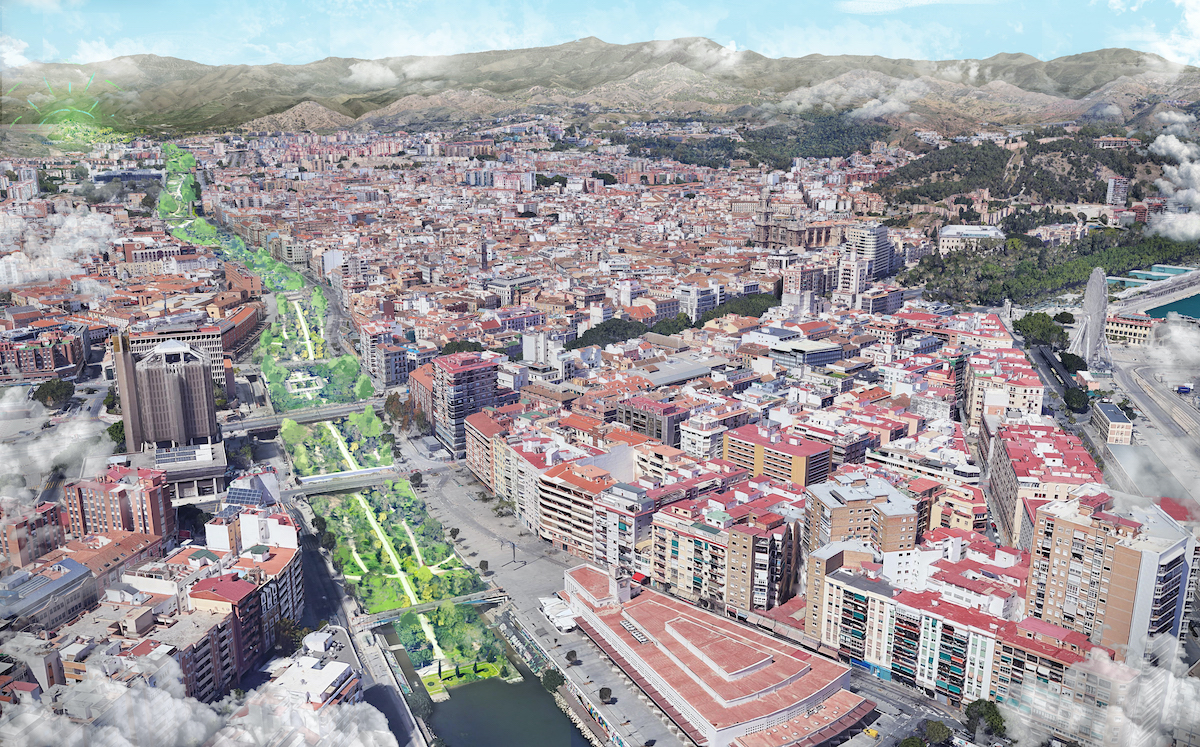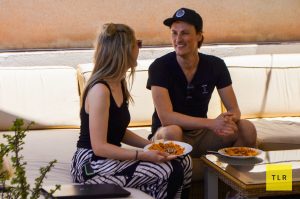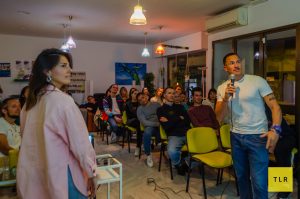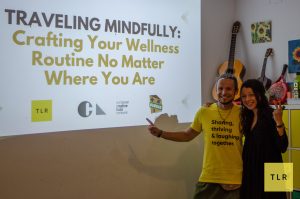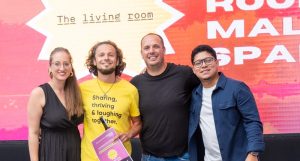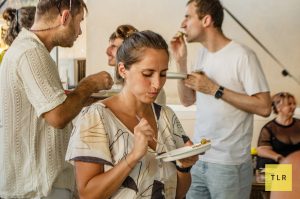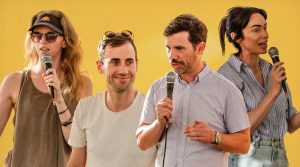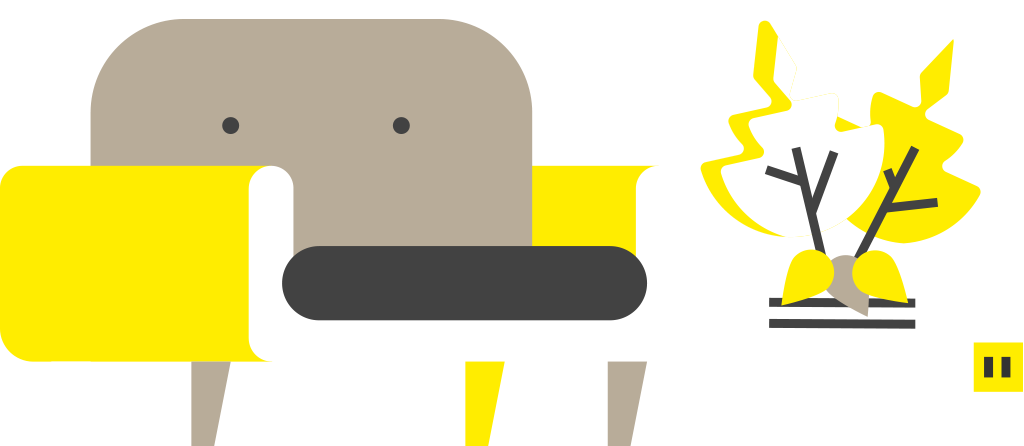When I first came to Málaga it struck me: The dry bed of the Guadalmedina river is a real opportunity for the city. A gem hidden in plain sight. Of course, I’m not the first one to have this kind of epiphanie. Many projects have been created over the years to suggest the obvious solution of turning this dry river bed into a vibrant, green park. Although none of those proposals have ever become a reality. I’m totally aware that I’m still a newbie in the city after being around for 2 months only. Having worked on similar projects though, especially in the area of Belfast in Northern Ireland, I want to give you my vision on how to approach such an ambitious mission and make this dream of many come true.
Málaga’s characteristics as a starting point
But how to convert a dry river bed into a valuable asset for the city? Well, let’s not start with the park itself and what it should look like, but how about looking at the city that surrounds it first. In this example, Málaga has loads of positive characteristics that attract people all over the world, not only for a visit, but even to relocate permanently. The latter option is currently being reinforced by the town hall’s and Promálaga’s campaign Málaga WorkBay. During a recent talk of mine on the topic at one of TLR’s Thank God It’s Fridays, the TLR family brainstormed Málaga’s characteristics with me and came up with sun, culture, home, sea, mountains, ancient city, charm, magic, museums, and, of course, espetos.

The city’s challenges
Alright, that’s a good base so far. Secondly, let’s now expand our little research on the location’s characteristics by taking it one step further: Even though the city is amazing, probably any place always has room for improvement and when it comes to our beloved Málaga I’d point out things like:
- Lack of high-quality green spaces: A recommendation by the European Union is to have roughly 15m2 of green space per person in a city. With 7,6m2 Málaga reaches about 50% of that goal.
- Poverty and inequality: Statistically 4 out of 10 kids are at risk of property, which accounts for about an overall 43% of the population being either at risk of poverty or social exclusion. To turn it even more into a challenge to tackle, you can add on top a growing inequality gap between the rich and the poor.
- Insustainable tourism: AirBnB and heavy investment in hotels in Málaga city center have pushed locals further out into the suburbs. Particularly the neighbourhood TLR is located in, also known as Soho, is a very tricky one to find affordable housing.
- Death of the highstreet: A common phenomenon in cities like Málaga is that smaller retail stores really struggle to survive in the city center. More and more “Se Alquila” or “Se Vende” signs go up, which accounts for empty locals all across the city.
- Rather poor cross-center connection: To get from the North to the South and from the East to the West can be a real challenge. Especially when you’re a loyal biker, you’ll hardly find any secure bike lanes that connect all extremes of the city center with each other. The Guadalmedina river is right at the center of those connecting or separating axes; depending on how you want to look at it.
The answer to many of the above challenges is a vibrant, green city park in the dry Guadalmedina river bed. Many other cities have realised equal initiatives showing how it can be done like the Turia river gardens in Valencia, the highline in New York or the city center motorway in Utrecht, which was built back into a beautiful waterway.
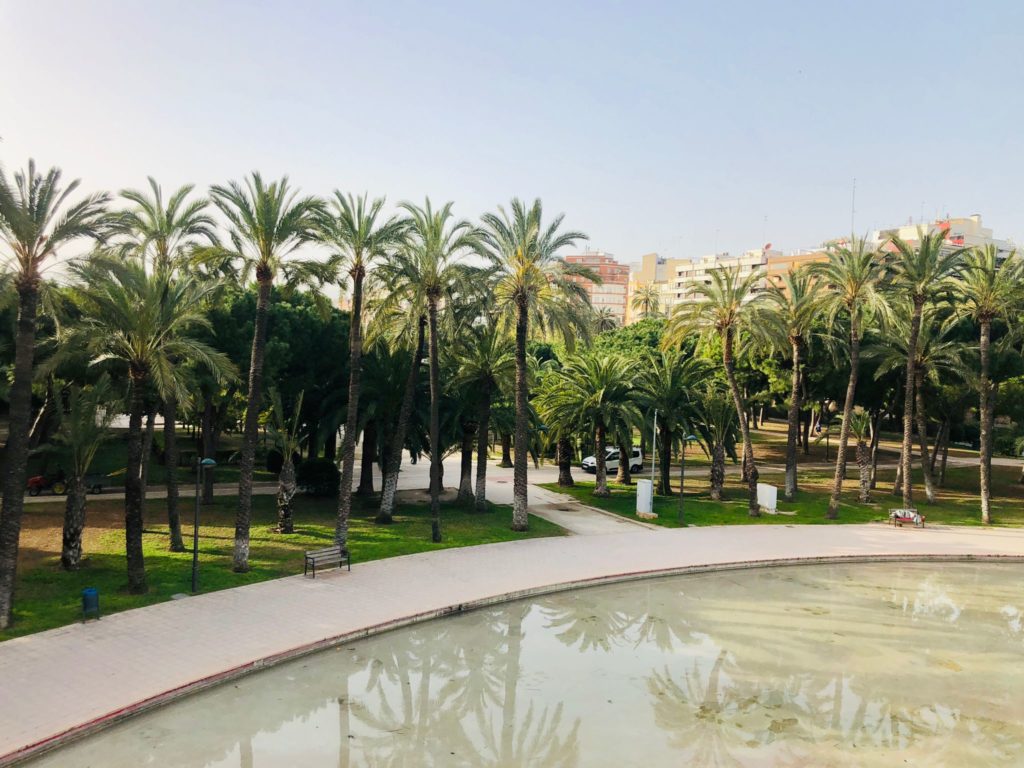
The project barriers
At the very beginning I’ve mentioned that I’m not the first one with this idea. To the contrary: Various architects and innovative teams have come up with plans, drawings and even 3D models on how the Guadalemedina river bed could look like. But as it’s often the case, there are certain barriers that have doomed such projects as unfeasible:
- too high costs
- lack of political support
- public buy-in, but no public ownership
- too long execution time
- tricky technical challenges (e.g. at times the river still needs to carry water)
Solving the jigsaw puzzle
Alright, we looked at the characteristics of Málaga as a city and we jotted down challenges the city should have on its agenda to work on. Based on those challenges we concluded that an impactful project like turning the dry Guadalmedina river into a beautiful park could contribute to solving many of the city’s challenges. But how to break through the barriers we just identified?
Well, how about we close the loop and base the project on Málaga’s characteristics? I would argue that all of these potential barriers can be overcome by asking ourselves what does Málaga stand for and how do the city’s core values come through in the Guadalmedina river park? There needs to be a link between the sun, the culture, the sea, the ancient history of the city and all other things that contribute to Málaga being Málaga. How about Antonio Banderas or Pablo Picasso, where are they in the Guadalmedina river park? If you manage to bring some of that local narrative into the future park, you’ll have a shot at opening up public and private participation in the project and overcome the barriers we’ve identified by including the wider political and local community. That way the Guadalmedina river park becomes a catalyst to tackle the city’s most overwhelming challenges.

So what if the Guadalmedina river park was an art trail building on all the great cultural and artistic heritage including, but not solely based on works from Pablo Picasso? That way the future park builds new cultural capacity for local artists and it’ll also increase cultural participation from the wider local community and creative scene.
What if the future park was a space for Antonio Banderas to expand his contribution to artistic performances beyond the Soho Theatre? A stage in the future park would allow for open air performances leading to similar cultural participation by the wider public as described just beforehand. More spaces to perform will certainly encourage creativity and the community to come forward and participate actively.
Why not turn the future park into a green highstreet? Having more local retailers back in the city apart from the big shops you find in calle Larios, might help to encourage people to move back into the city center. A creative way of doing this would be to mirror or complement certain main areas of the center like Calle Larios or Muelle Uno, for example when the Christmas lights are up, the Goya awards are being presented or events related to Málaga’s feria are happening. Ideally a visit across all areas tells one coherent story combining Málaga’s dispersed highstreets into one experience for locals and visitors.
What about urban farming in the future park? Málaga could run democratic supper clubs, celebrate local culture through food backed up by Sabor a Málaga and get kids involved to learn how to cultivate food with the aim to encourage participation and contribute to debate and learning about healthy nutrition.
How about seeing the future park as an opportunity to regenerate tourism by relieving the city center? By offering an additional space, people would also walk outside the historic city center, which in return will avoid overcrowded areas.
With Google investing in the city and the Parque Tecnológico de Andalucía already putting Málaga on the map for international organizations driving innovation, why can’t the Guadalmedina also play a role in forging those international partnerships and attracting companies from all over the world?
Summary
The idea of a park in the dry bed of the Guadalmedina river isn’t new. This approach to make it happen, might be. If we identify Málaga’s characteristic strengths to be reflected in the future park and are aware of the cities challenges in harmony with the political agenda of the city, I truly believe that many of the barriers that have blocked such a project in the past can be overcome. The right involvement of the local and political community on both regional and district level will help to split cost and effort among various actors. That way the high cost can be spread out by tapping into different pots. Piloting some of the initiatives chops down the overall duration. Public buy-in coupled with real ownership for clubs or associations to reach their very own goals, further decreases cost and time. What are we waiting for?
About Jak

Jak, partner at Urban Scale Interventions, is a creative and driven people-centred design researcher with experience of managing complex international projects whilst also exploring the needs of users from diverse cultural backgrounds. He’s specialised in design for behaviour change, social innovation, people-centred design and sustainable behaviour. His company Urban Scale Interventions supports public and private organisations in people-centred design innovation. The company has an energetic and passionate team, who use methods of design thinking, taking a holistic and challenge-led approach to tackling issues in the places we live, work and play.

